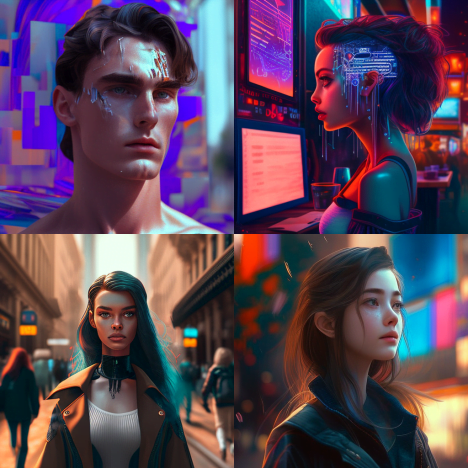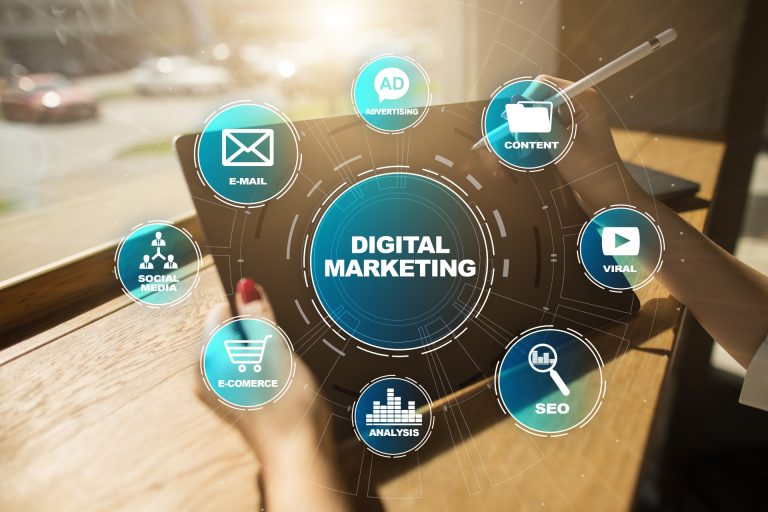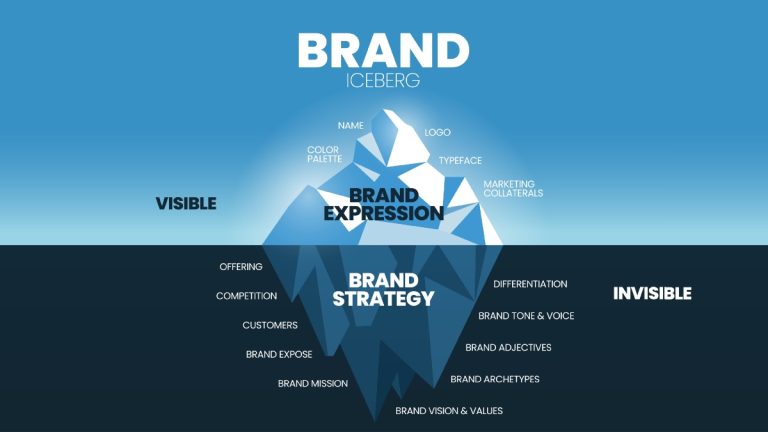Long awaited ChatGPT-4 Drops
As technology continues to advance at an impressive rate, so does the world of Artificial Intelligence (AI) and Natural Language Processing (NLP). In recent years, OpenAI has made significant strides in developing conversational AI models with the ChatGPT series. Here at 2oddballs Creative, we’re excited to explore the latest version, ChatGPT-4, and offer you valuable tips and tricks to help you utilize this powerful tool.
ChatGPT-4 Release Quick Details:
- Released to: ChatGPT plus subsribers ($20/month)
- GPT-4 Release date: 14/Mar/2023.
- Initial availability date: Aug/2022 (“we spent eight months [Aug/2022-Mar/2023] on safety research, risk assessment, and iteration prior to launching GPT-4.” -OpenAI).
- Model type: Large language model (LLM) including visual language model components (VLM). Similar to DeepMind Flamingo; inputs can include text or image; all outputs are text
- Exact parameters haven’t been released but experts estimate it has 80-140B (language) + 20B (vision).
Before we take a deep dive into the intricacies of ChatGPT-4, let’s briefly discuss what a Visual Language Model (VLM) is and how it differs from NLP.
What is a VLM and How Does It Differ from NLP?
A visual language model and a natural language model are two different types of AI models, each designed to process and generate information in distinct modalities.
- Natural Language Model: A natural language model, also referred to as a Natural Language Processing (NLP) model, is an AI model focused on understanding, interpreting, and generating human language in the form of text. These models are trained on vast amounts of text data, allowing them to learn grammar, syntax, semantics, and context. Examples of tasks that natural language models can perform include text completion, sentiment analysis, machine translation, and summarization. ChatGPT-4, which we discussed earlier, is an example of a natural language model.
- Visual Language Model: A visual language model is an AI model designed to understand and generate visual information, such as images or videos. These models are trained on large datasets containing visual data, enabling them to learn patterns, objects, and features within images or videos. Visual language models can perform tasks like image recognition, object detection, segmentation, and image synthesis. In some cases, visual language models are combined with natural language models to create multimodal models that can understand and generate information across both text and visual domains. These multimodal models can perform tasks like image captioning, visual question answering, and visual storytelling.
The primary difference between a visual language model and a natural language model lies in the type of data they process and generate. While natural language models focus on text-based information, visual language models deal with visual information in the form of images or videos.

What are The Parameters for the New Model?
Parameters in an AI language model are the adjustable values within the model that help determine its behavior and output. These values are adjusted during the training process as the model learns to generate human-like text based on its training data. The more parameters a model has, the more complex and nuanced its understanding of language can be.
For context, ChatGPT-3, one of ChatGPT-4’s predecessors, had 175 billion parameters, making it one of the most powerful language models of its time. While the exact number of parameters in ChatGPT-4 has not been disclosed, it is expected to have more parameters than the previous model contributing to its enhanced capabilities in understanding context, generating coherent responses, and reducing biases. Experts estimate 80-140B (language) + 20B (vision).
It’s essential to note that, while a higher number of parameters can improve a model’s performance, it also increases computational requirements and can make the model more challenging to deploy in real-world applications. As a result, finding the right balance between model complexity and practicality is crucial for AI developers like OpenAI.
GPT-4: Key Differences from 3 and 3.5
- Improved Language Understanding: ChatGPT-4 boasts enhanced language understanding, making it more capable of handling complex conversations and understanding context compared to 3 and 3.5.
- Fewer Logical Fallacies: The latest model has been fine-tuned to produce more logical and coherent responses, reducing the chances of generating fallacies or misconceptions.
- Enhanced Responsiveness: ChatGPT-4 has been optimized to generate more contextually relevant and detailed responses, making it more user-friendly and efficient for a variety of applications.
- Reduced Bias: OpenAI has made significant efforts to reduce biases in ChatGPT-4, ensuring that it provides fair and unbiased information across diverse topics and users.
Tips and Tricks for Using ChatGPT-4 Effectively
- Be Specific with Your Prompts: To get the most accurate and relevant information from ChatGPT-4, provide clear and specific prompts. This helps the AI understand your query and return a useful response.
- Use Follow-up Questions: ChatGPT-4 can handle contextual conversations, so feel free to ask follow-up questions to get more detailed information or clarify any ambiguity.
- Experiment with Different Prompt Styles: If you don’t get the desired response initially, rephrase your query or try a different approach to better communicate your intention.
- Monitor Output for Bias: Although ChatGPT-4 has been designed to reduce biases, it’s still essential to verify the information provided and ensure it meets your requirements.
- Leverage the ChatGPT-4 API: The ChatGPT-4 API allows you to integrate this powerful tool into your applications, products, or services to enhance your user experience and streamline your operations.
Wrapping up
With its improved language understanding, context-awareness, and reduced biases, ChatGPT-4 is a game-changer in the world of AI and NLP. By following our tips and tricks, you can harness the power of this innovative VLM to transform your business processes, enhance customer interactions, and unlock new possibilities.
Need a Hand Figuring out all this crazy AI stuff?
Feeling overwhelmed? Sometimes this tech may seem scary, and especially if you live in the Springfield, Missouri area (Southwest Missouri), you may feel a little out to sea when trying to figure out how this news might affect your contracting or manufacturing business. Fear Not! We offer AI Implementation and strategy consulting. Contact Us any time for a free consultation. Stay updated with 2oddballs Creative as we continue to explore the ever-evolving world of AI, and feel free to reach out to us for any assistance in leveraging ChatGPT-4 or other cutting-edge technologies for your business needs.






